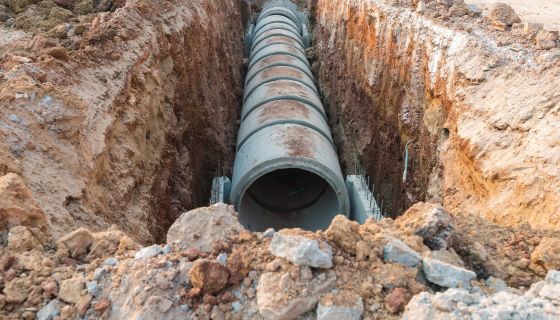Introduction
Sustainable Drainage Systems (SuDS) are designed to manage surface water runoff in a sustainable manner, providing benefits such as flood risk reduction, improved water quality, and enhanced biodiversity. However, to ensure that SuDS continue to perform effectively over time, monitoring and maintenance are essential. Here, we will explore the importance of evaluating SuDS performance and considerations for monitoring and maintenance.
Importance of Evaluating SuDS Performance
Evaluating SuDS performance is crucial for several reasons:
- Effectiveness: Monitoring allows us to assess whether SuDS are effectively managing surface water runoff and achieving their intended goals.
- Compliance: Regular monitoring helps ensure that SuDs assessment with relevant regulations and standards.
- Identifying Issues: Monitoring can help identify any issues or failures in SuDS components, allowing for timely maintenance and repairs.
- Improvement: Evaluation provides valuable data that can be used to improve the design and implementation of future SuDS projects.
Monitoring Considerations
- Water Quality Monitoring: Monitoring the quality of water entering and leaving SuDS components is essential to assess their effectiveness in removing pollutants.
- Flow Monitoring: Monitoring the flow of water through SuDS features helps assess their capacity and performance under different rainfall conditions.
- Sediment Monitoring: Sediment buildup can reduce the effectiveness of SuDS components. Regular monitoring can help identify when maintenance is required.
- Vegetation Monitoring: Monitoring the health and growth of vegetation in SuDS features is important for assessing their ability to provide biodiversity and amenity benefits.
- Structural Monitoring: Regular inspections of SuDS components are necessary to identify any structural issues or damage that may require repair.
Maintenance Considerations
- Regular Inspections: SuDS should be inspected regularly to identify any maintenance needs, such as clearing blockages or repairing damage.
- Clearing Vegetation: Vegetation in SuDS features should be managed to ensure that it does not impede the flow of water or reduce the effectiveness of the system.
- Sediment Removal: Sediment buildup should be removed from SuDS components to maintain their capacity and performance.
- Repairs: Any damage to SuDS components should be repaired promptly to prevent further deterioration.
- Replanting: If vegetation in SuDS features dies or becomes unhealthy, it should be replanted to maintain biodiversity and amenity benefits.
Case Studies
Case Study 1: Manchester, UK
In Manchester, the Beetham Tower SuDS scheme has been monitored and maintained to ensure its effectiveness in managing surface water runoff from the iconic Beetham Tower. Regular inspections and maintenance have helped to keep the system running smoothly and effectively.
Case Study 2: Singapore
In Singapore, the ABC Waters program has implemented SuDS features throughout the city-state. The program includes regular monitoring and maintenance to ensure that SuDS continue to perform effectively in managing surface water runoff and enhancing the urban environment.
Conclusion
Evaluating SuDS performance through monitoring and maintenance is essential to ensure that these systems continue to provide their intended benefits. By implementing regular monitoring and maintenance programs, cities can ensure that SuDS remain effective in managing surface water runoff, improving water quality, and enhancing biodiversity.



